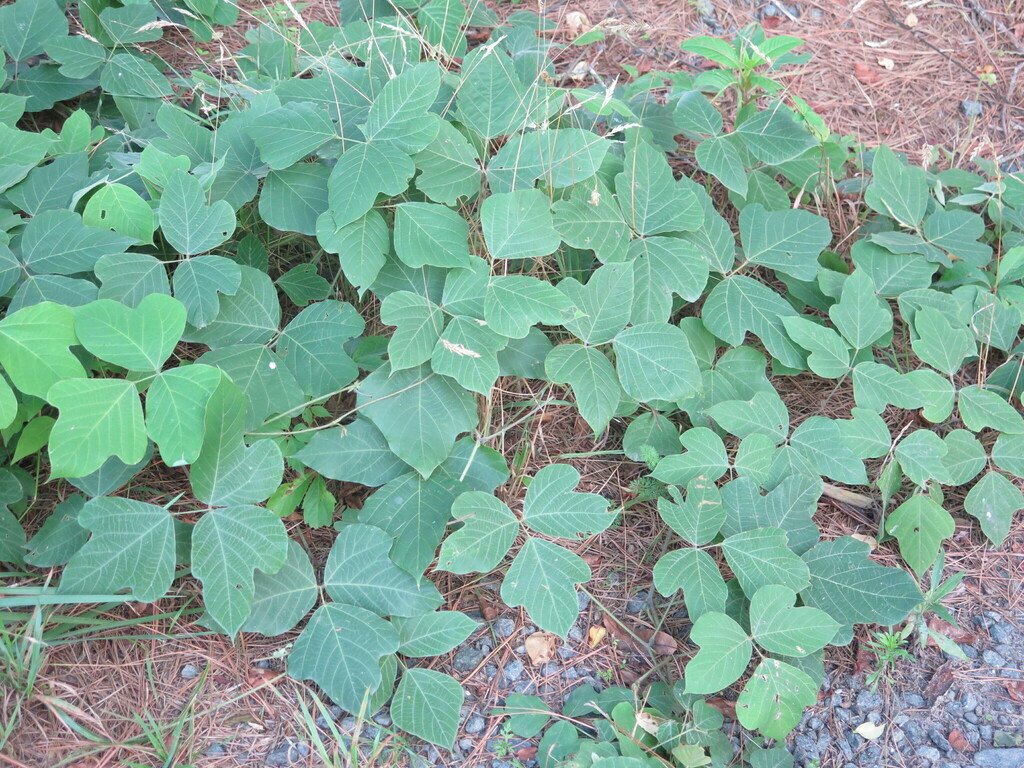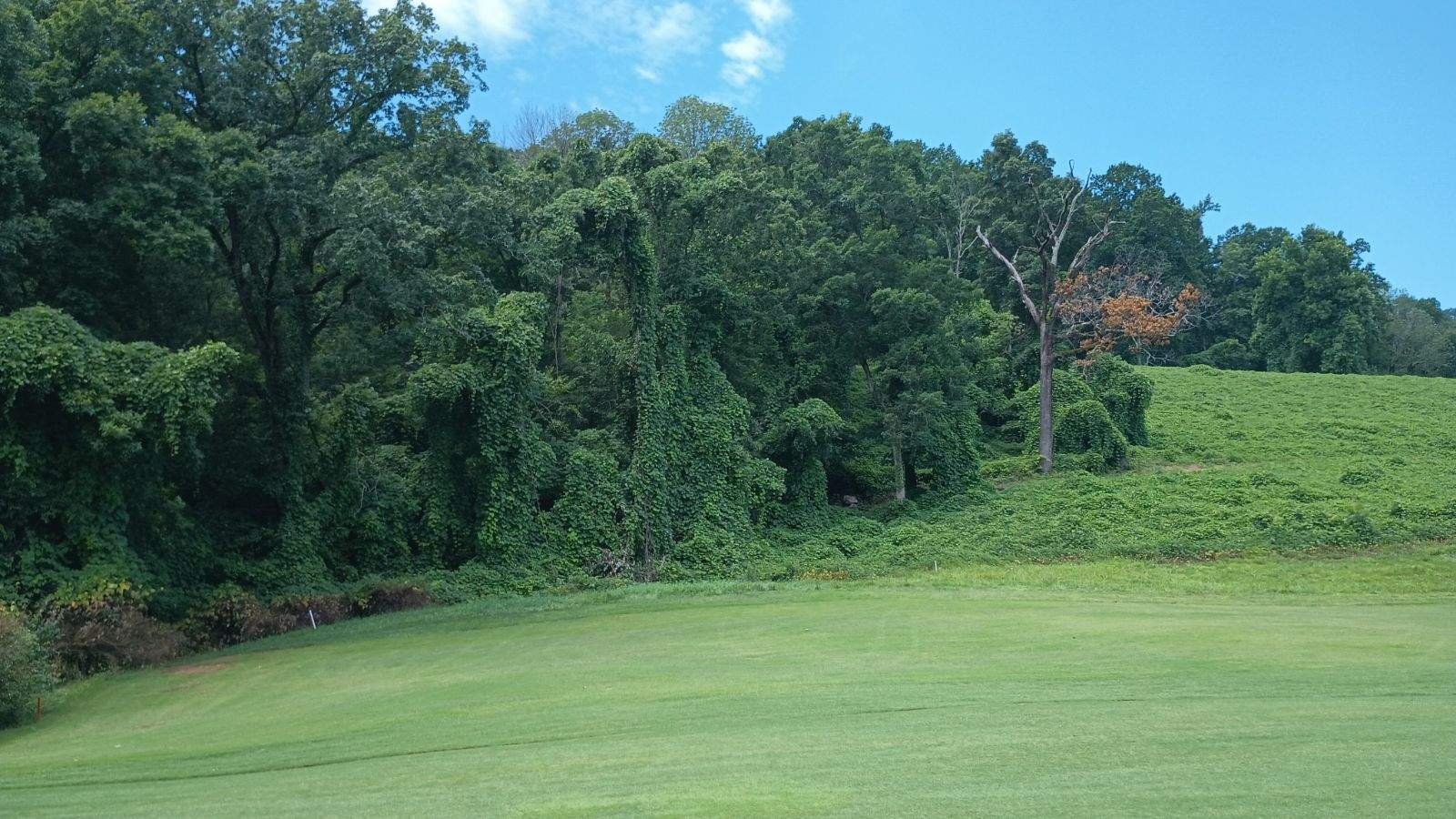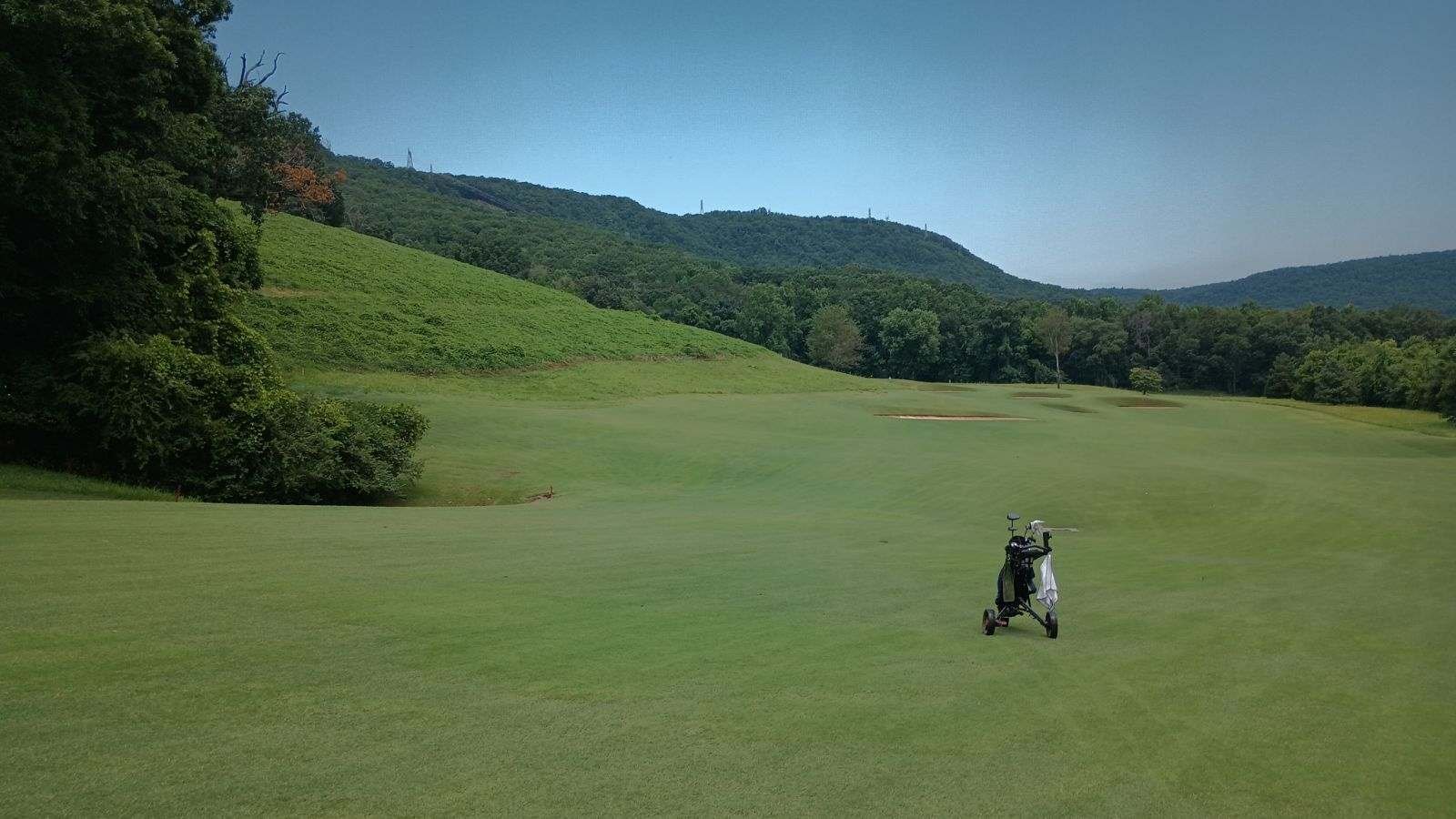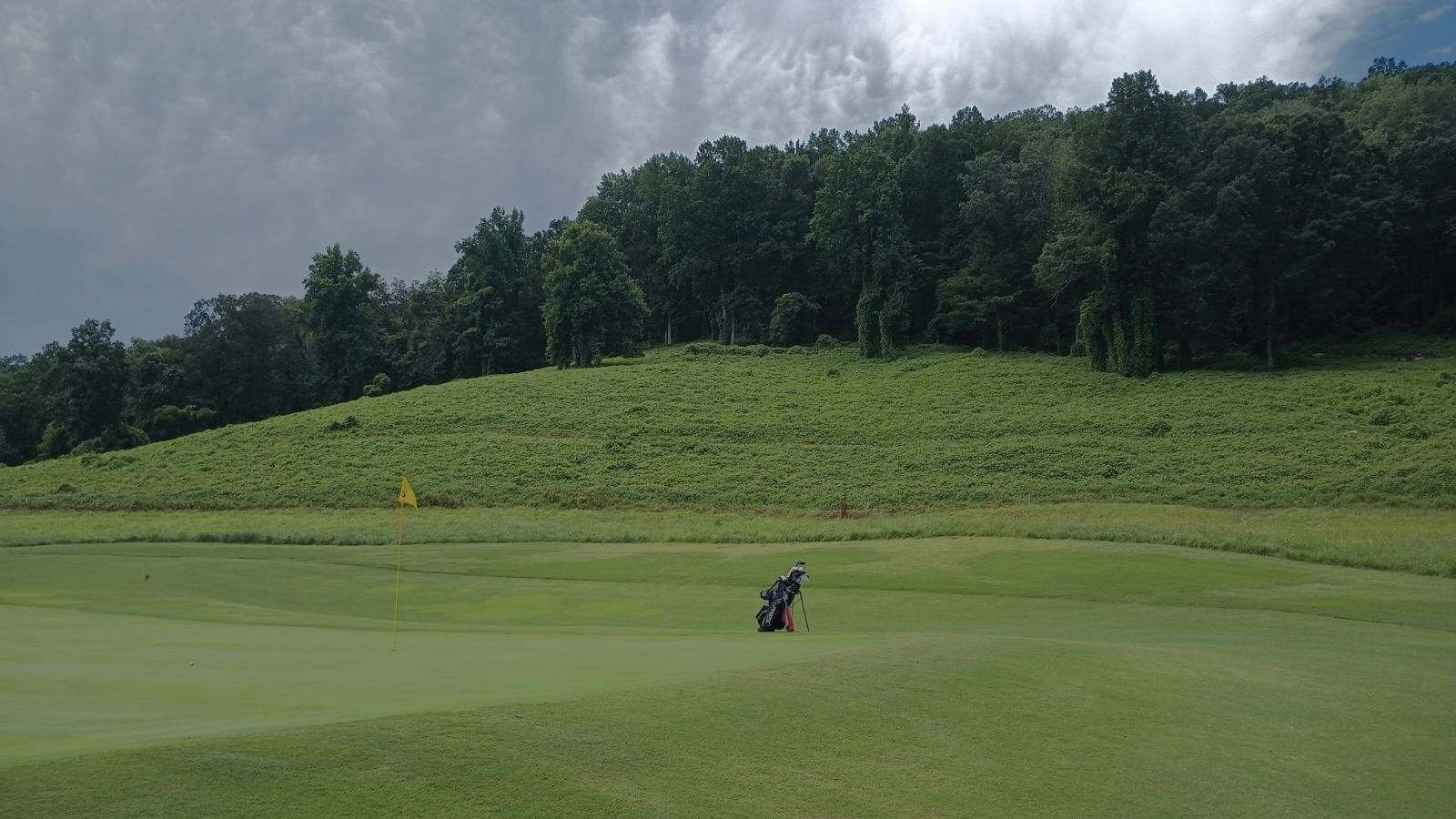The Local History of Kudzu at Cummings Cove
This article, originally published in Black Creek’s Stroll Magazine, is by guest writer Tom Hirsch, a Reflection Riding volunteer and Black Creek resident.
Photo credit: Kudzu by bonnieeamick via iNaturalist
A few weeks ago, as we left the tee box on the 13th tee, I noticed that the kudzu was still brown, like the turf. I mentioned it to a few people and heard variations of a story about Will Cummings’ wife Lillian. Many neighbors know some of the Cummings’ history. Judge Cummings was a personal friend of President Franklin D. Roosevelt, who visited the Cumming’s home on the way between Washington, D.C. and Warm Springs, Georgia. On one of those visits, it is believed that while on a horse ride, First Lady Eleanor and Lillian rode through what is now Fairway 13 and Lillian commented that the bare ground, perhaps excavated, was unsightly. Later Eleanor sent her seeds or plants that were kudzu.
Below is the Kudzu on the Black Creek Club golf course. Photos provided by Tom Hirsch.
A few people told me that it was the first introduction of kudzu to the USA. I like to research new history, so here is what I found out.
First, it is very, very likely that the kudzu we have is from the First Lady. But it is not the first place it was brought to our shores. Originally an ornamental plant, kudzu was introduced by the Japanese at the U.S. Centennial Exhibition in 1876 and planted by Southerners as a shade vine for porches and roofs.
The 1876 Centennial Exhibition, held in Philadelphia to commemorate the 100th anniversary of the signing of the Declaration of Independence, was the first “World’s Fair” to be held in the United States. Nearly 9 million visitors attended the “Great Exhibition,” which featured international pavilions, technological innovations, and American natural resources, which later formed the collections now at the Smithsonian Institution.
Photo Credit: "Birds eye view of the grounds." May 18, 1876. The Highland Weekly News (Hillsboro, OH), Image 2. Chronicling America: Historic American Newspapers.
But here is the Eleanor story. President Roosevelt's Agricultural Stabilization and Conservation Service urged its use as ground cover to stop the loss of farmland that was eroding from generations of cotton, corn, and tobacco planting. Later it was planted along interstate highways to prevent erosion. Although Pearl Harbor stopped the importing of kudzu seeds, it was too late. Kudzu can grow up to 12 inches a day and produce a new sprout from each joint along the vine - and those joints occur every 12 inches. That means a new plant every day. Kudzu was planted as food for chickens, pigs, and goats until farmers found the leaves blocked sunlight from trees and slowly killed them.
Our kudzu is presidential but not original. Beware, kudzu cannot be stopped!






